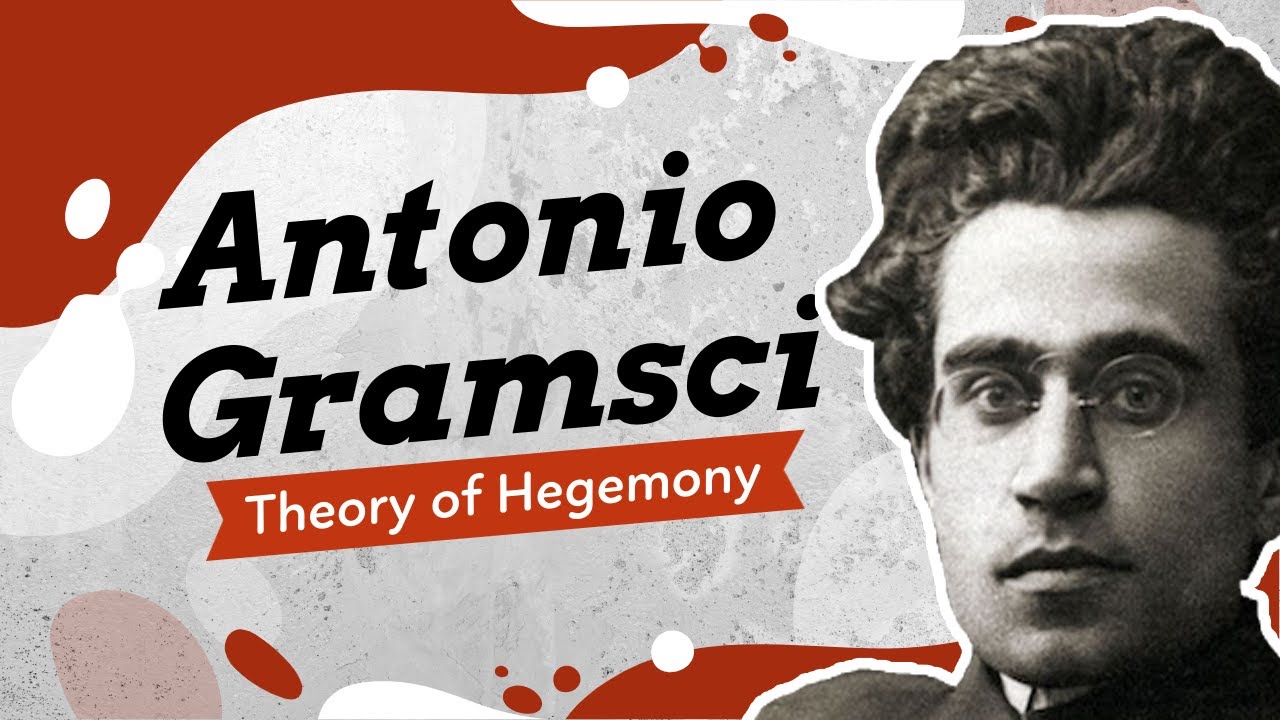Antonio Gramsci was a political theorist, sociologist and linguist from Italy. He drew insights in his ideations from the likes of Niccolo Machievelli. He described a phenomenon known as cultural hegemony in a structured manner.
The most important ideas which he gave were that of Political society vs Civil society and that regarding War of position vs War of Manoeuvre.
Political society includes the state, the armed forces, the judiciary, the state apparatus, the governmental agencies and departments. The civil society means that component which includes the intelligentsia, the pressure groups, the trade unions, the rights activists, the media among others.
Gramsci described how hegemony is implanted using the civil society. It has beautiful parallels with the three component Weberian theory of Stratification.
Bringing the focus on the aspect of War of position vs War of Manoeuvre, we will first see what they are.
War of Manoeuvre is the change brought about in the political and social conditions by overwhelming the Political society forces. It is like bringing about a change via a direct confrontation with the current polity. War of position is bringing about the socio-political change via a gradual, step by step coordinated approach, not via direct confrontation. It can be safely said that the French revolution was a war of manoeuvre exemplified by the Bastille prison event and Tennis court assembly and oath. The Russian revolution can be said to be an example of War of position as it was culminated in steps, first by the Mensheviks, then by the Bolsheviks. Some can also argue that it was a sum of two Wars of Manoeuvre.
Now, let us wind the clock to the time period of WWII in India.
The WWII time in India was witnessing both the Wars of Manoeuvre and Position but on different platforms. Internally, the Indians in the Legislative bodies were part of the long drawn War of position. This group had people of various tones like the agitators, no-changers , accommodators etc. On the external platform, there was an idea seeded by Captain Mohan Singh, and Rash Behari Bose to raise an Army using Indian PoWs from the South East Asian arena of the WWII. This idea was nurtured by Subhash Chandra Bose through augmentation and sourcing of finances from multiple sources for the INA, which was formed basically by Rash Behari Bose.
This was the preparation of War of Manoeuvre whereby the INA collided directly with the British Army in India on the Eastern front.
When in countries with strong civil society, War of manoeuvre collapses or weakens the political society, the necessary socio-political change comes relatively easily. But, in countries where the Civil society is gelatinous, the War of position generally seems a viable option.
The India of 1940s had a civil society but not that strong due to the stringent restrictions by the then rulers. Hence, the case of India during WWII, which resulted in her gaining the independence, had been a mix of both types of Wars as described by Gramsci.
Now if we consider the modern times in India, mostly the war of position has taken preponderance within the Indian society in various facets. The fights for the rights of the women, amelioration of the condition of the children, rights of livelihood of the people below poverty line, subaltern movements, tribal movements are the various dimensions adopted by the war. But since the Indian society is not a uniform monolithic one, the movements are not able to make necessary impacts in terms of the desired changes they envision.
This is due to the absence of cross participation of the people from various sections in the movements of other groups of people. One would rarely find a student from an affluent background coming forward to participate in a road show for the rights of the workers.
A person working in the corporate sector in places like Noida or Gurgaon can rarely be expected to participate in the movements for the farmers rights, or tribal rights movements.
There is no protection in terms of law which protect the such democratic participation in movements of people from totally different walks of life. Suppose a corporate sector employee with decent income and having enough amount of earned leave decides to participate in a farmers’ protest, what guarantees his protection from penal action from the organization where he works.
Such kinds of cross participation bring about the sense of democracy in the psyche of the masses in a real tangible way.
Such cross participation strengthens the war of position in a society at large for the purpose of greater good. If such movements and cross participation is absent in a vast national civil society like India, it invisibly and gradually materializes the dangers of the huge unprecedented outbursts from the sections of the society which remain largely unheard.
India has passed through the stages of War of manoeuvre needed to press forth the necessary large-scale socio-political change, and it has passed through those times quite painfully. War of manoeuvre is no longer necessary given the nature of socio-economic changes required. It is upto the legislators in the political society and the known faces of people in the civil society to not neglect the movements that are taking shape now and then for the sake of rights of different sections of the society. Such movements, as part of the Gramscian war of position gives breathing space to the seething discontent to the different sections of the people.
Cross participation in these movements should not be banalised and the movements themselves should be treated with utmost seriousness and respect as they are the safety valves of subsurface public discontentment.





